From Tokyo To Nagano
As the war in the Pacific started to take a turn for the worse, the Japan started to explore the possibility of relocating key military and bureaucratic institutions from Tokyo.
As aerial bombardment intensified following the fall of the Mariana Islands in summer 1944, the idea morphed into a concrete plan since the Tokyo was too close to the shore, making it unsuitable for the last defense.
By November 1944, the final candidate was narrowed down to Matsushiro in Nagano Prefecture, a rural mountainous region 200km (124 miles) from Tokyo.
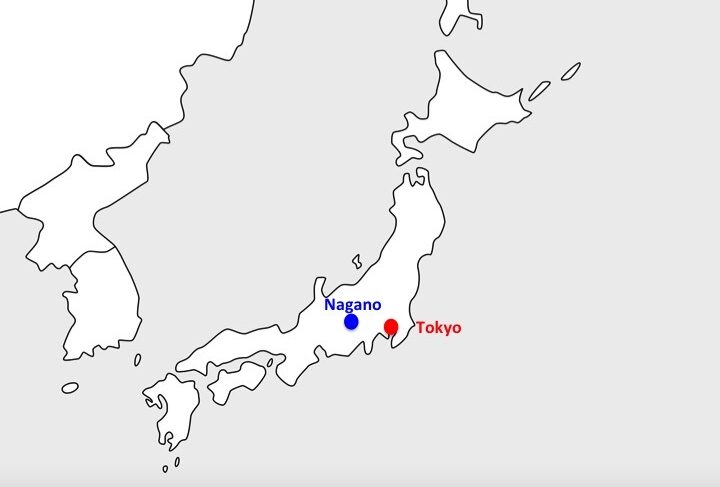
Why Matsushiro?
The primary reason was its ideal topography.
The area was located at the southeastern end of the Nagano Basin, and the ground was firm enough to withstand the most heaviest bombardments. Access from the direction of Tokyo would be blocked by dense mountains, whereas the Nagano Basin itself was surrounded by mountains on all sides.
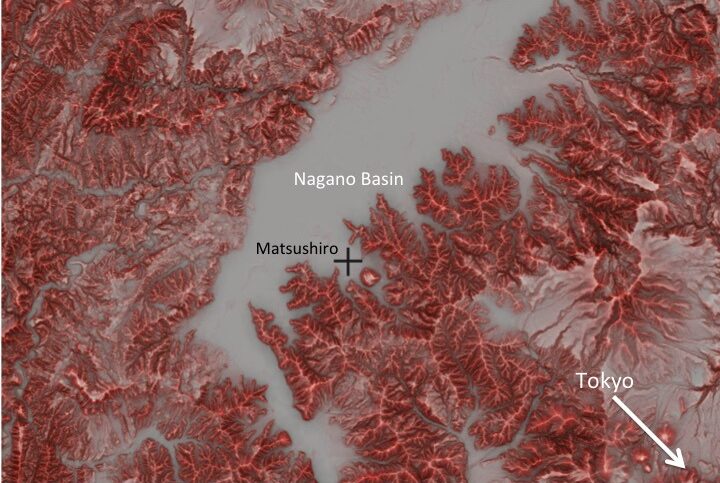
As such, underground facilities and tunnels were to be constructed in order to house the Imperial Palace, government functions, military headquarters, and broadcast stations.
Specific Plan And Construction
The underground facilities were dispersed to several locations, most of which were dug inside mountains, but the main focus was on Mt. Maizuru and Mt. Zouzan.
| Location | Function |
| Mt. Maizuru (舞鶴山) | Imperial Palace Imperial Household Agency |
| Mt. Zouzan (象山) | Government institutions Army headquarters Broadcast station Central Telephone Exchange |
| Mt. Minakami(皆神山) | Storage facilities |
| Amori District | Navy headquarters |
Despite being an unprecedented national project, the plan was mostly propelled by the Imperial Army, instead of the military branches cooperating with each other.
It is no secret that the Army and Navy barely got along and engaged in turf-wars while fighting the Allied powers, but the lack of cooperation even at the final stages of the war is simply amazing.
The Navy only joined the effort in June 1945, two months before the end of the war, but dug their headquarters 10km (6 miles) away from the government and Army facilities.
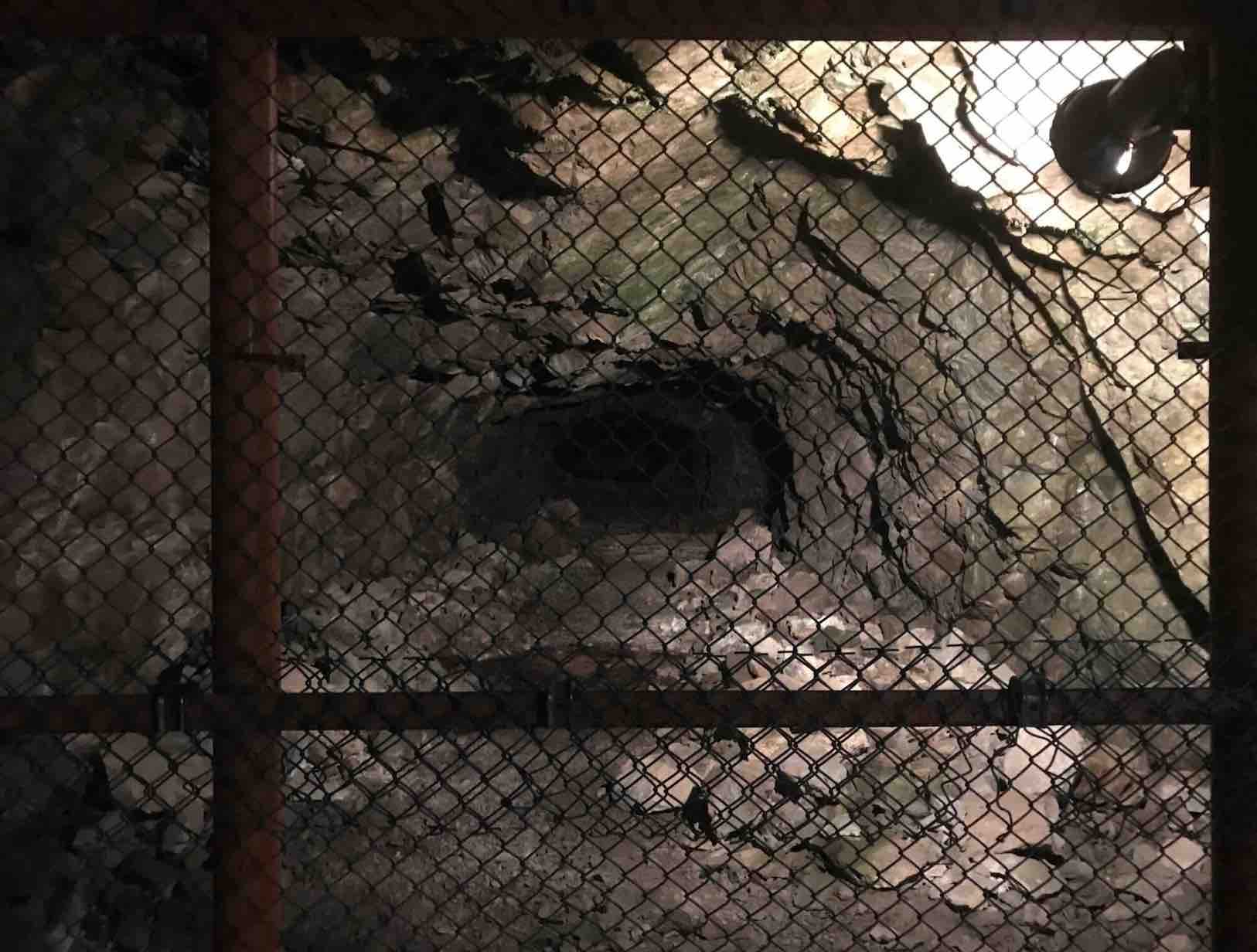 Unfinished construction site
Unfinished construction site
So, how did the construction go?
Using the nearby railroad network, necessary supplies and material, along with several thousand workers, were brought into this quite countryside area, instigating many unwanted rumors.
Although construction proceeded at a high pace, the majority of the work relied on manual labor as Japan could not afford neither the heavy equipment nor its necessary fuel at this point.
Nonetheless, the final construction rate was at 75% by the end of the war, indicating that the facilities would have been ready for Operation Downfall. Fortunately, the relocation plan did not have to be implemented.
Postwar Aftermath
After the war, these facilities were mostly forgotten since the entire project was secretive in the first place.
In 1947, an observatory was placed in one of the Mt. Zouzan facilities to monitor seismic activities, and another was established in 1967 following a series of earthquakes that occurred over a five year span.
Today, some of the underground tunnels within Mt. Zouzan are open to the public alongside a small museum which anyone can enter. Upon entering these former bunkers, one can feel the damp, gloomy atmosphere where the final days of Japan might have taken place.
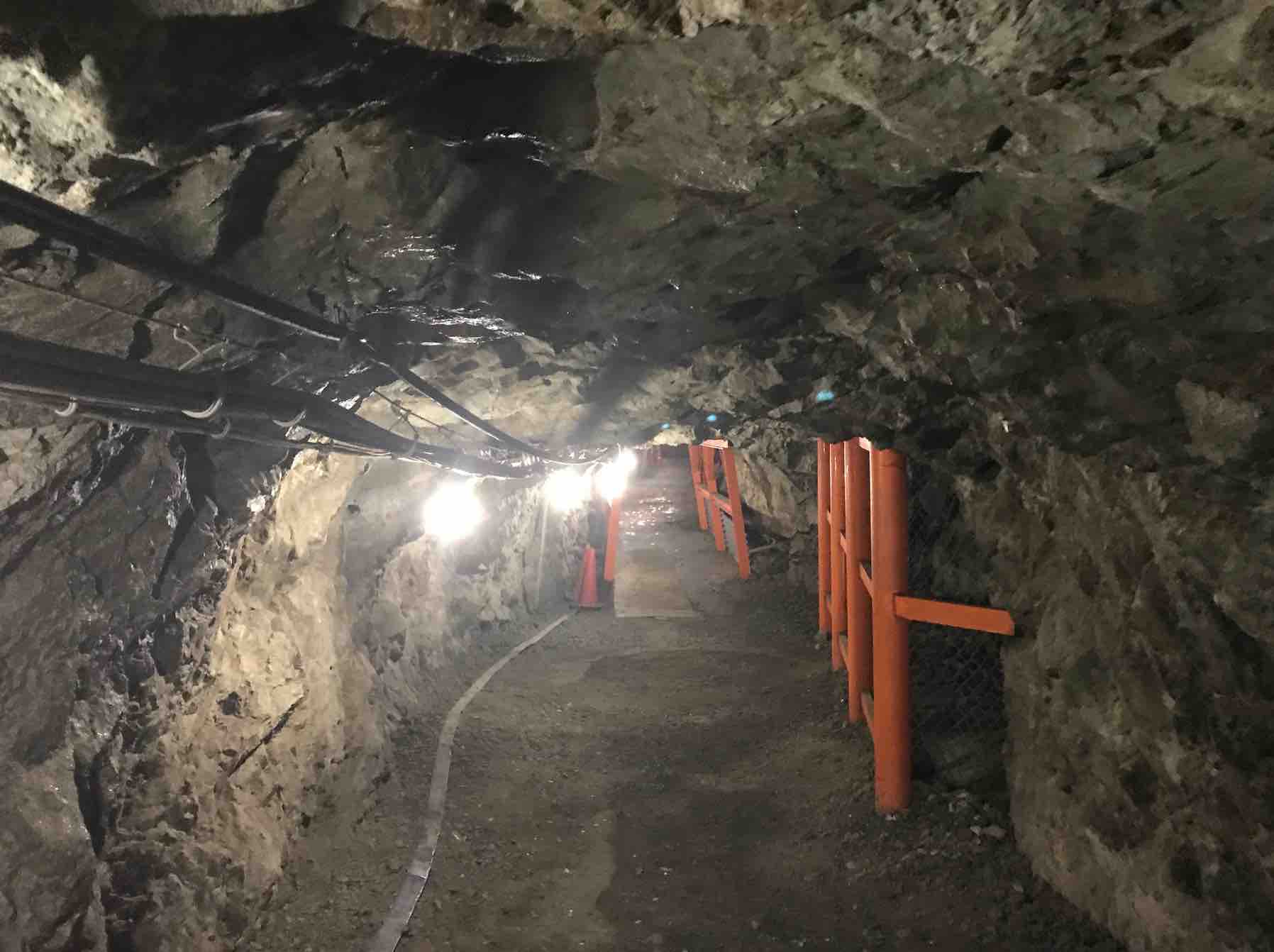 Underground tunnel of Mt. Zouzan
Underground tunnel of Mt. Zouzan
On an interesting side note, Mt. Minakami, the mountain that was reserved for storage since its rock beds were too vulnerable, is often regarded as a hotspot for UFO sightings.
This stems from the occult theory that Mt. Minakami is actually an ancient pyramid, citing the aforementioned numerous earthquakes and other unusual phenomenons as evidence.
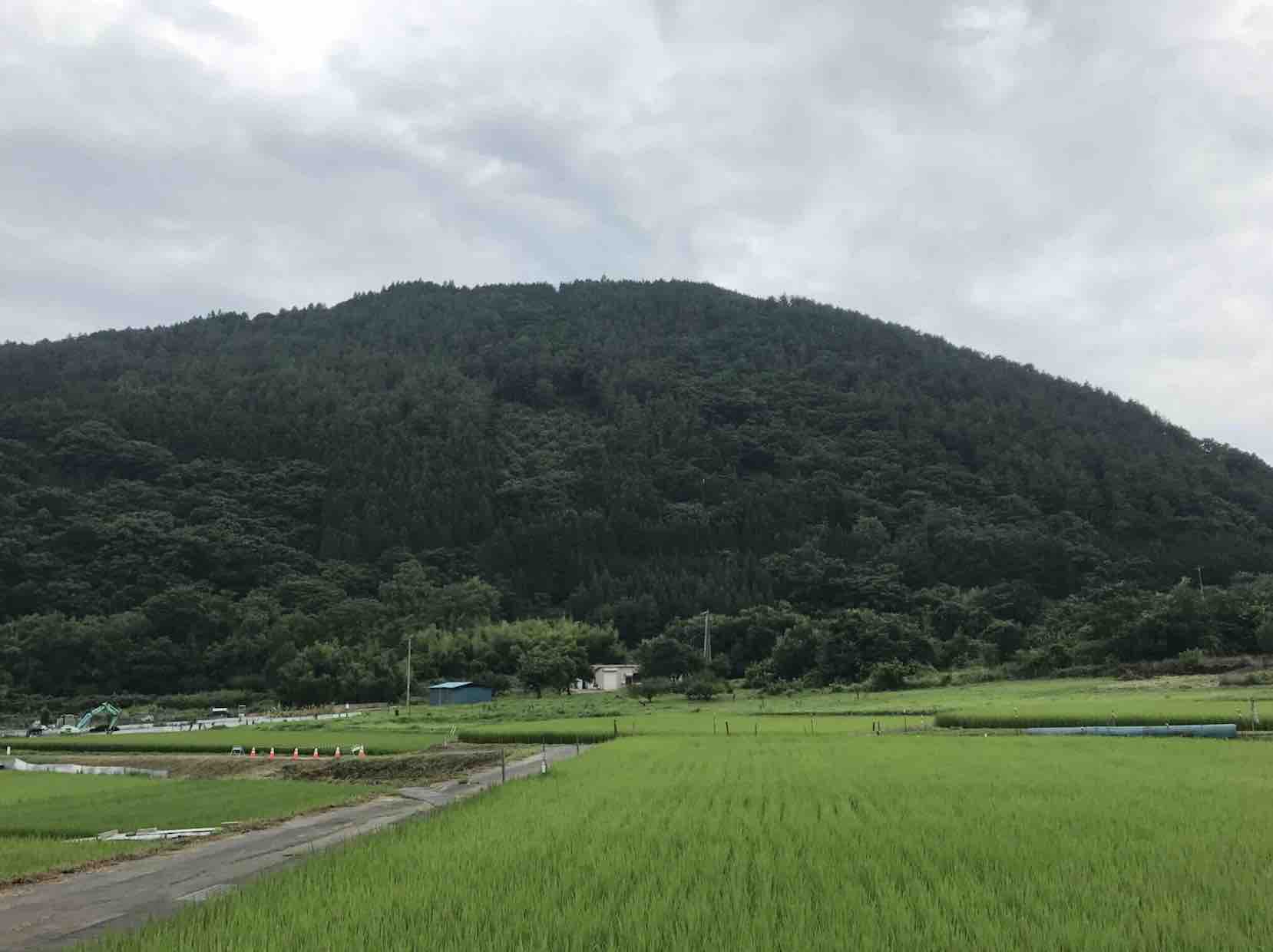 Distant view of Mt. Minakami
Distant view of Mt. Minakami
There is indeed a small shrine/cave halfway up the mountain that is said to be the entrance of the pyramid.
Asides from this, there is also an old shrine at the top of the mountain which is one of the few low altitude sites where black salamanders can lay their eggs.
Whether the government or military leadership at the time knew about Mt. Minakami’s rumors remains a mystery. But, considering Imperial Japan’s emphasis on Shintoism (traditional religion of Japan), it would not be surprising if the fanatical military officers relied on such superstitious aspects out of desperation.

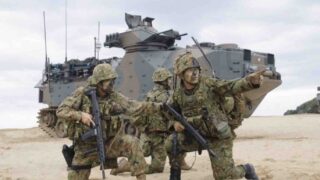
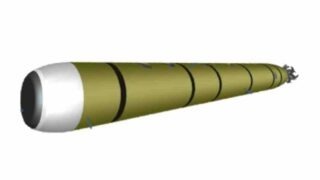
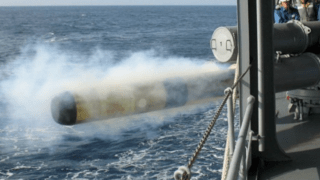
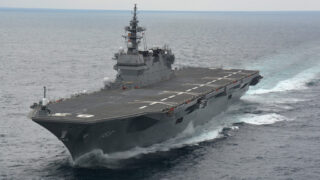
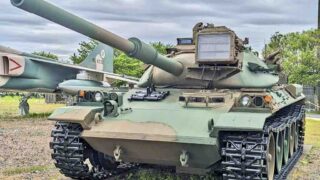
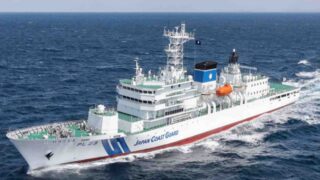

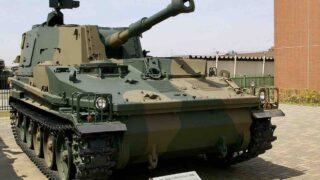

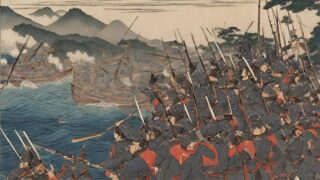
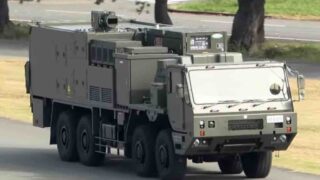
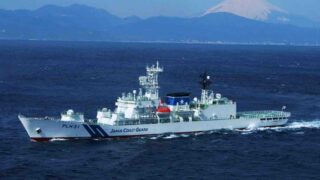
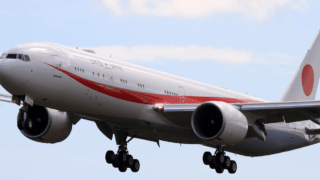

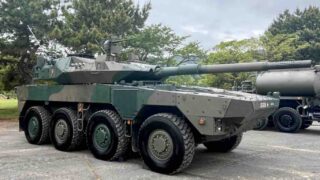
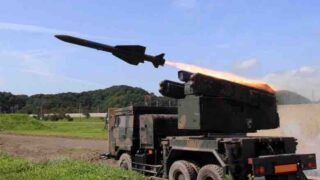
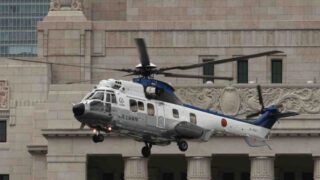
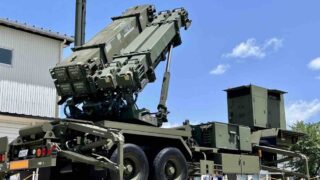
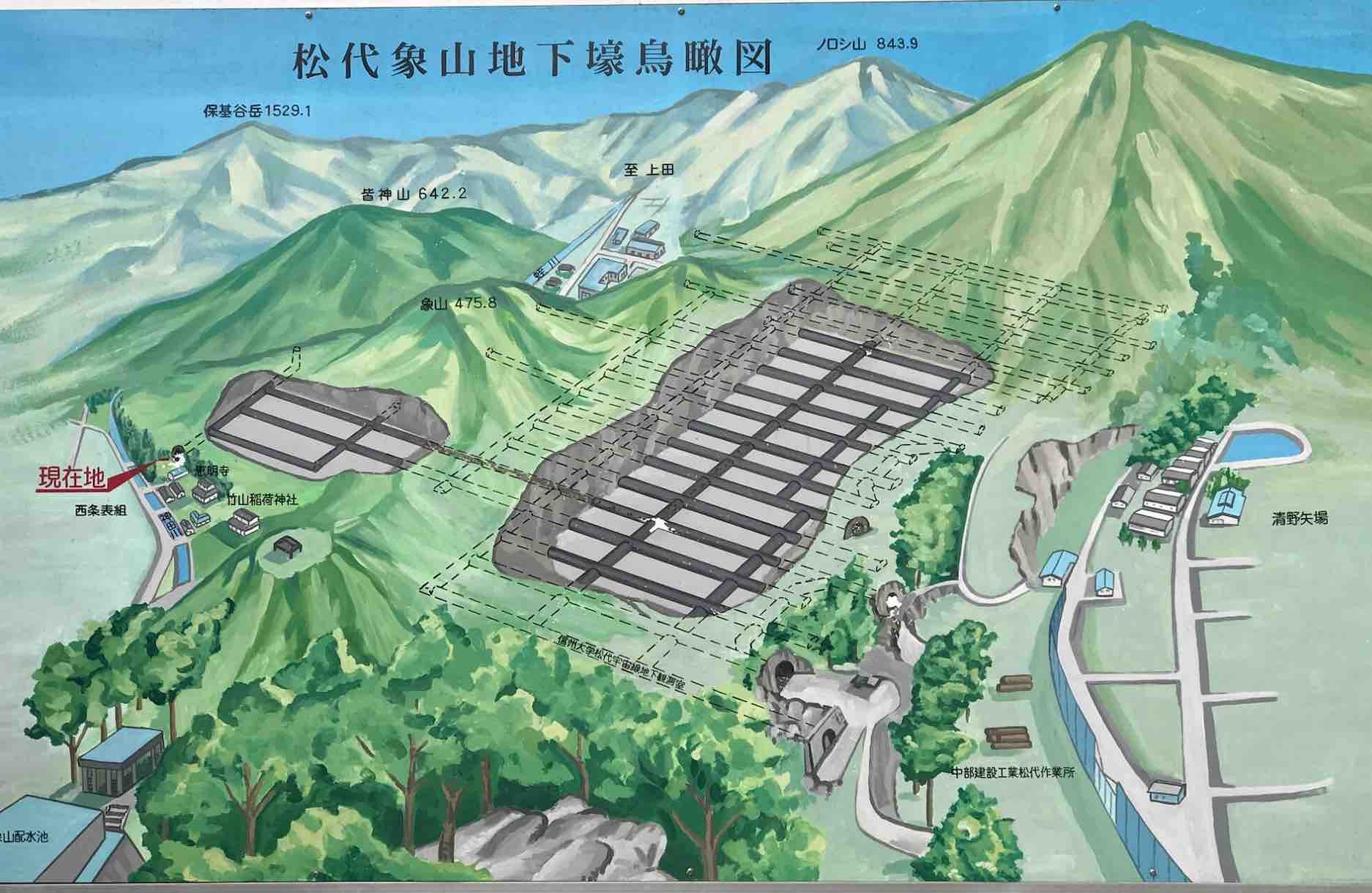
Comments